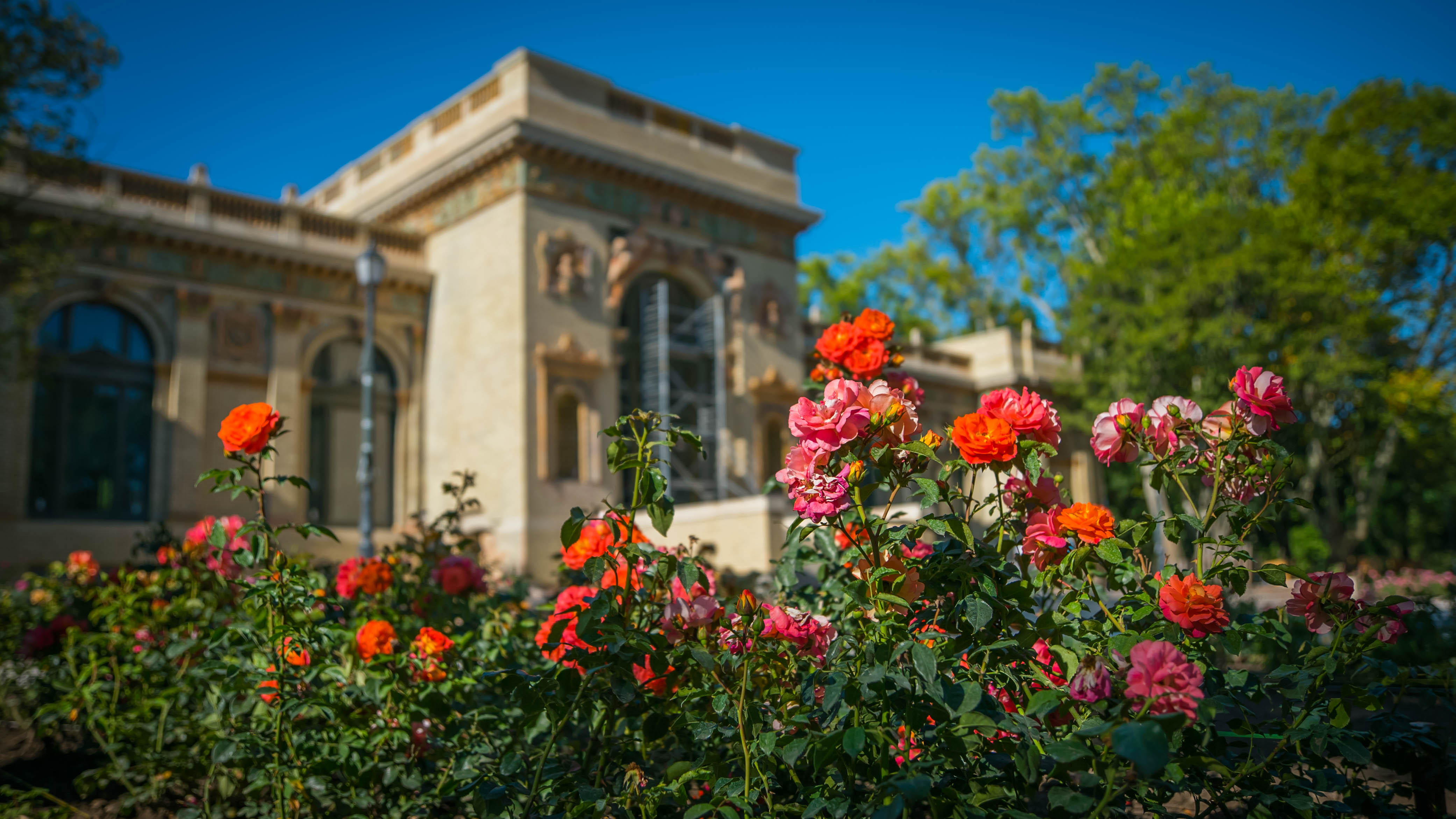On the eastern side of the City Park, close to the statue of Crown Prince Rudolf, the former National Exhibition Hall was designed by Ferenc Pfaff, also responsible for creating more than 30 train stations around former Greater Hungary in the Habsburg era.
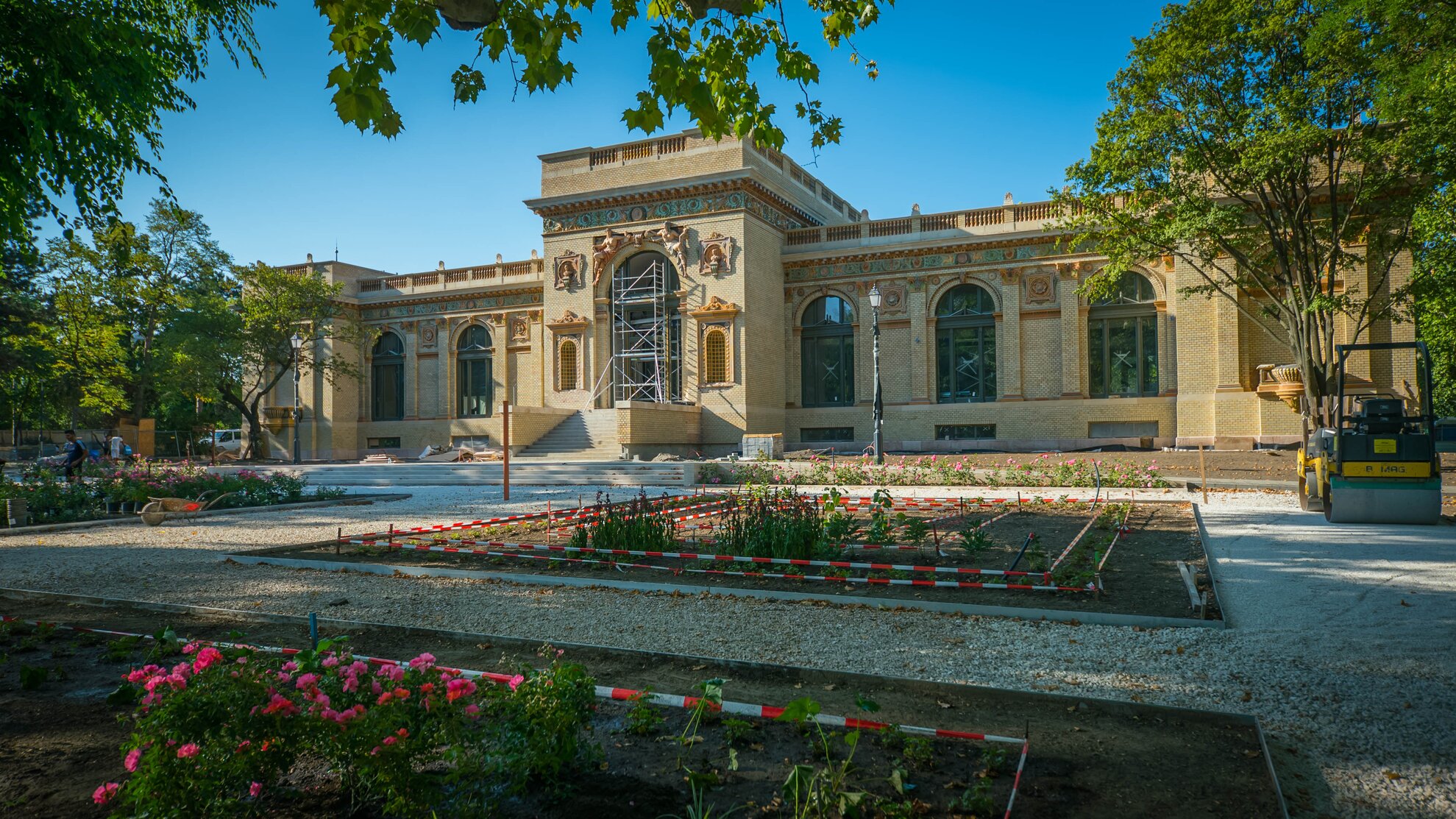
This neo-Renaissance building was the first major commission in Hungary for the famed Zsolnay ceramics factory in Pécs, back then better known in Vienna or Paris than in Budapest. Exciting details such as Renaissance motifs, animal heads and Persian winged lions all feature, as well as a miniature replica of the Venus de Milo, faces of women from Ancient Egypt and portraits of Raphael, Michelangelo and Leonardo da Vinci.
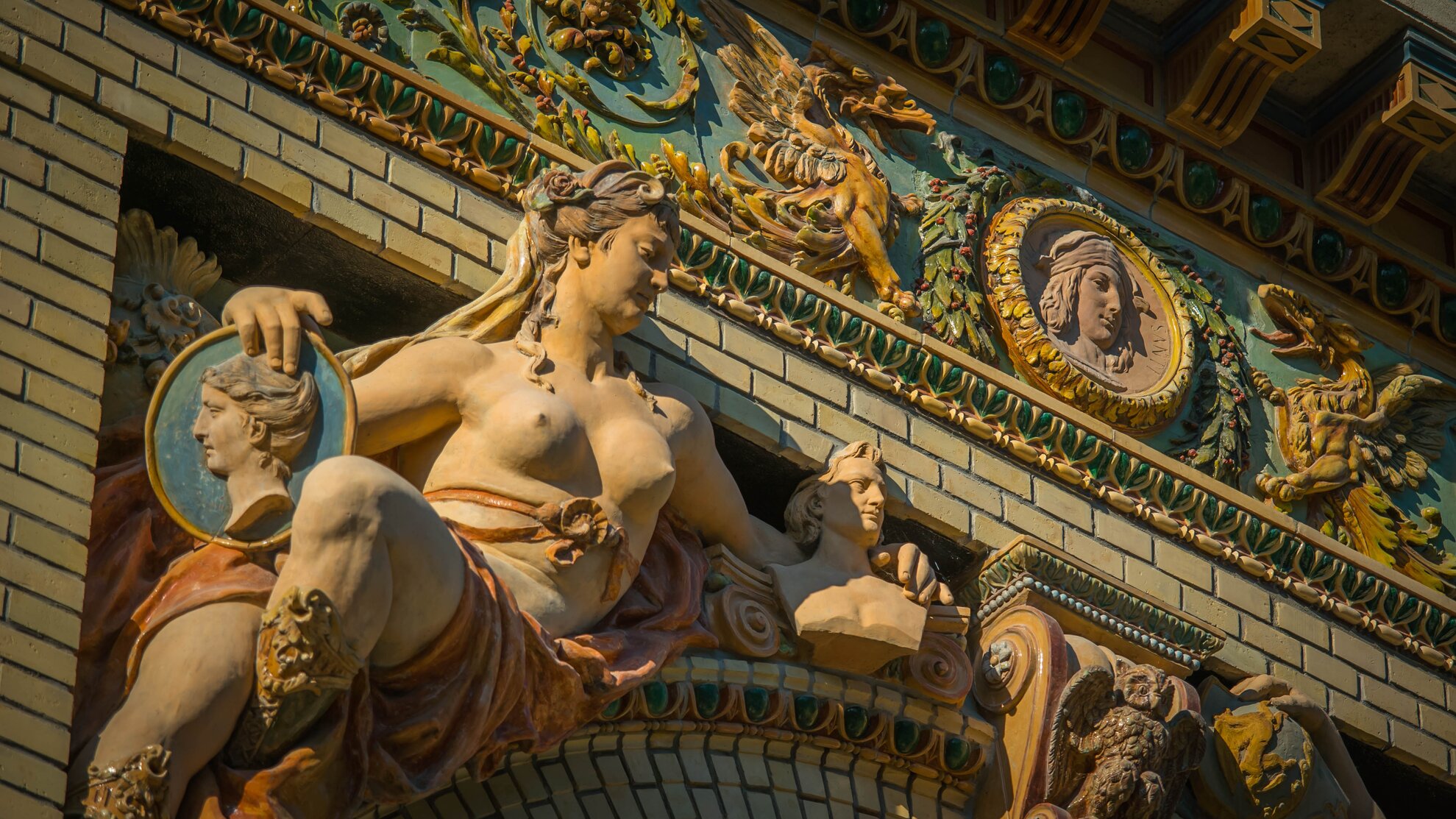
It then became the City Museum before falling into disrepair. By 2017, its condition was considered critical.
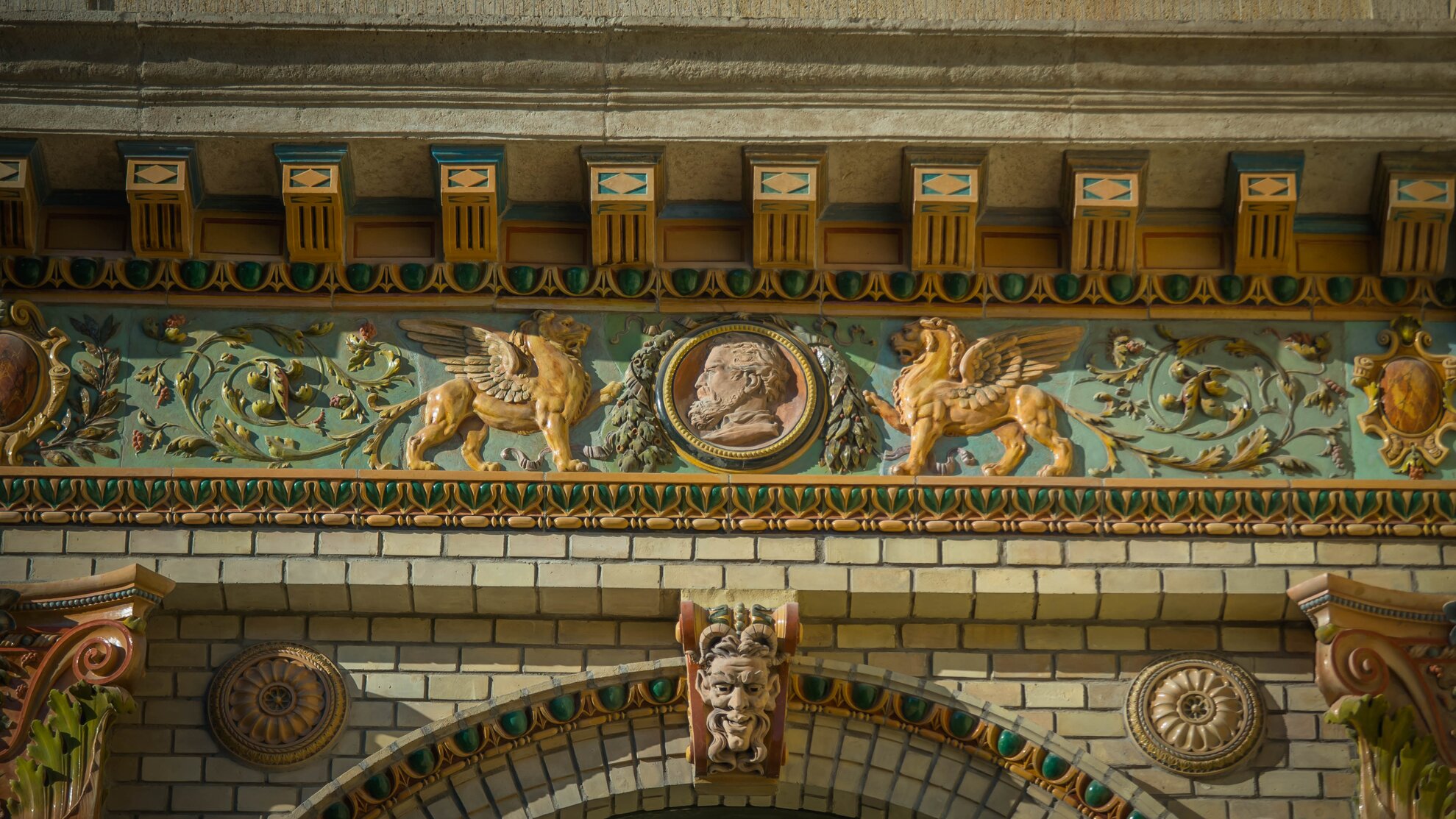
Restorers refurbished some 2,000 items on-site and another 2,500 in the workshop, 6,500 artefacts altogether, some replaced using original manufacturing technology based on original Zsolnay sample books and historic records.
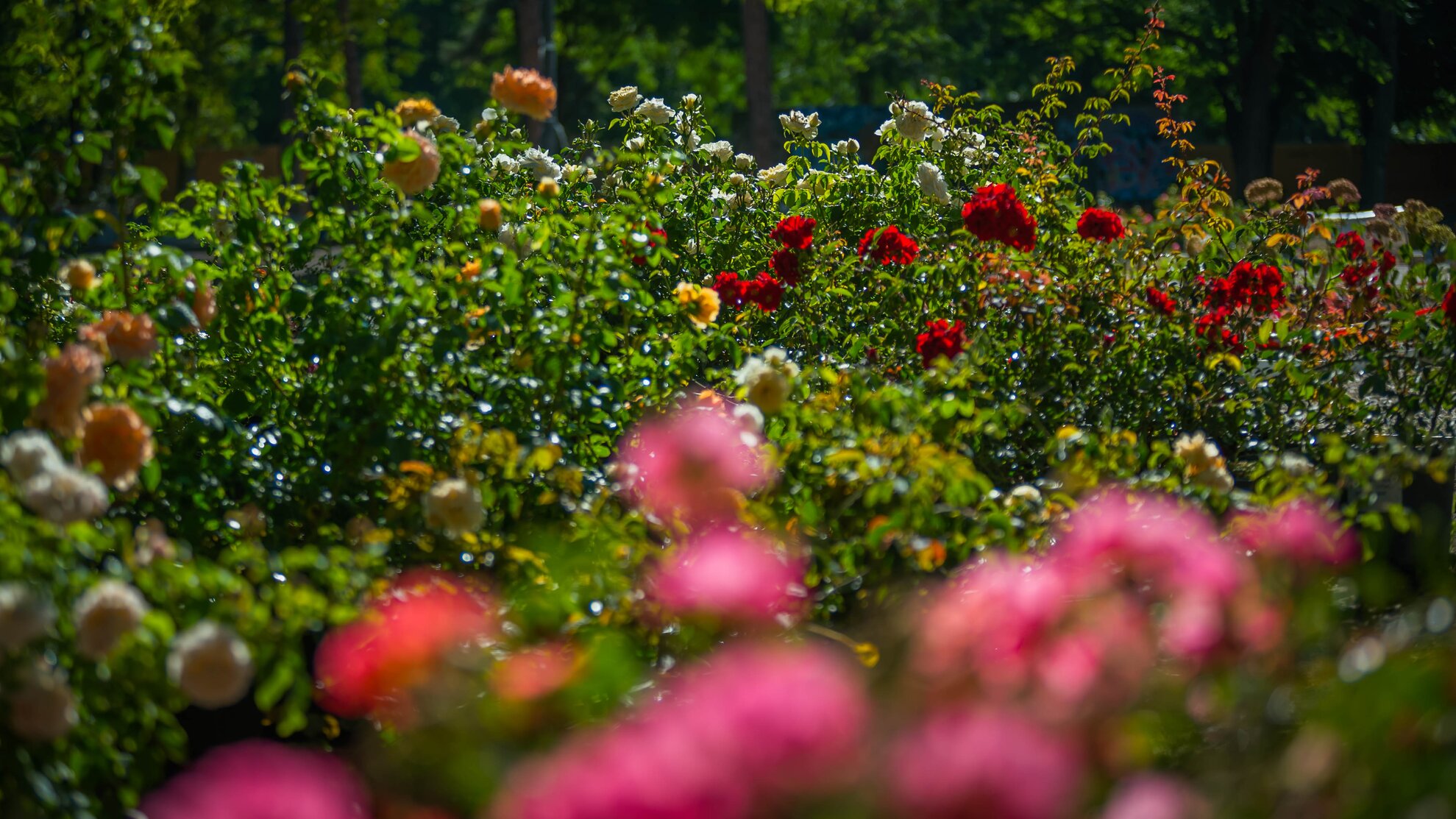
Alongside, 1,500 plants have been bedded in the rose garden, modern varieties and those dating back to the 17th and 18th centuries, around the Zsolnay Ornamental Well.
An exhibition to commemorate the golden age of the City Park is currently being set up, as well as a restaurant. All is expected to open in the autumn.
